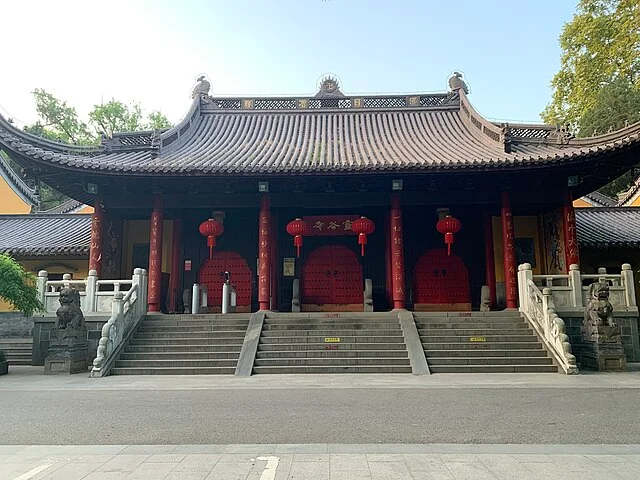Linggu Temple is a historic Buddhist site located in Nanjing, China. Its rich history and cultural importance have made it one of China’s most significant temples. Originally constructed during the Southern Tang Dynasty (937-975 AD), it has since endured destruction, relocation, and reconstruction through various Chinese dynasties. Today, Linggu Temple is celebrated for its unique architectural elements, inscriptions, and deep historical significance.
Get your dose of History via Email
Early History and Foundation
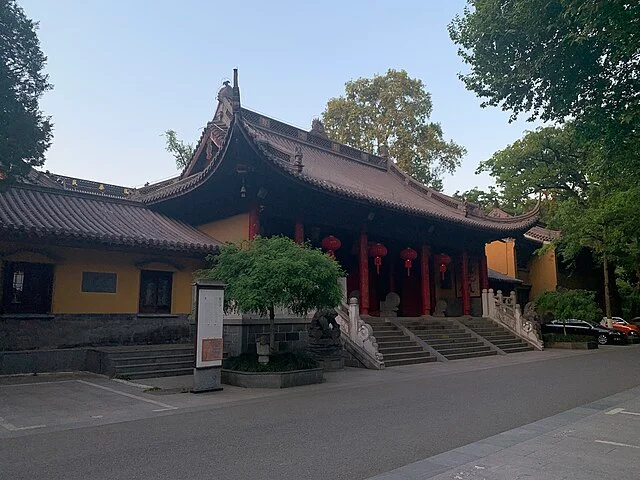
The origins of Linggu Temple trace back to the Southern Tang Dynasty, established by Emperor Li Jing in 937 AD. Originally known as “Kaishan Temple,” it was built to honor Buddhist teachings and provide a place for spiritual practices. Its location in the Zhongshan (Purple Mountain) area made it accessible to the imperial family and high-ranking officials of Nanjing. The temple soon grew in importance, and emperors from succeeding dynasties, especially during the Song and Yuan Dynasties, contributed to its expansion.
In 1381 AD, during the Ming Dynasty, the temple was moved and rebuilt by order of Emperor Hongwu. This relocation was part of his larger vision to honor his mentor, a monk named Daoyan, whose tomb was built within the temple grounds. After its reconstruction, Linggu Temple earned its present name, meaning “Soul Valley Temple,” to commemorate those who passed in battle during the founding of the Ming Dynasty.
Architectural Features of Linggu Temple

Linggu Temple is renowned for its elegant design and layout. The temple complex houses several remarkable architectural elements, including the Linggu Pagoda and the Beamless Hall, a unique structure that reflects ancient Chinese engineering.
The Linggu Pagoda
One of the most distinctive features of Linggu Temple is the Linggu Pagoda, built in 1929 to commemorate fallen soldiers of the Northern Expedition. The pagoda stands nine stories tall and offers a view over the surrounding forest. Visitors can climb the pagoda’s stairs to enjoy panoramic views, a feature that adds to its popularity as a historic site and a scenic spot.
The Beamless Hall
The Beamless Hall, also known as “Wuliang Hall,” is another prominent structure within Linggu Temple. Built during the Ming Dynasty, it is unique for its construction method, which uses no wooden beams. Instead, the hall relies on brickwork to support its structure, showcasing the architectural ingenuity of the Ming period. This hall originally housed a large statue of the Buddha, although much of the temple’s original artwork and statues have been lost or destroyed over time.
Linggu Temple During the Qing Dynasty
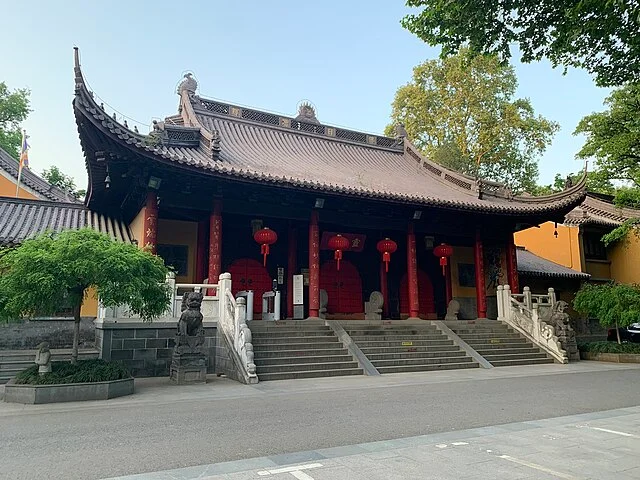
During the Qing Dynasty (1644-1912 AD), Linggu Temple was further developed and supported by the imperial family, especially under the reign of Emperor Kangxi. The temple grounds became a popular pilgrimage site, drawing visitors from across China who came to pray, meditate, and appreciate its natural beauty. However, toward the end of the Qing Dynasty, the temple began to decline, and it was damaged during the Taiping Rebellion in the mid-19th century.
Modern Restoration Efforts
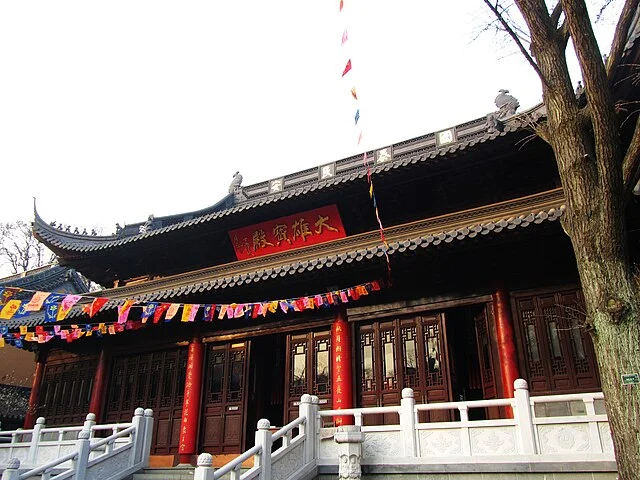
In the early 20th century, Linggu Temple underwent restoration efforts to preserve its historical and cultural legacy. The Republican government funded restoration projects in the 1920s and 1930s, including the construction of the Linggu Pagoda as a tribute to soldiers who died in the Northern Expedition. These restoration efforts have helped preserve Linggu Temple as an important site for religious and historical education.
Since these efforts, Linggu Temple has become a popular destination for visitors and researchers interested in Buddhist architecture and Chinese history. The temple is a vital reminder of China’s Buddhist heritage, offering insight into the architectural styles and cultural traditions of different dynasties.
The Cultural Significance of Linggu Temple
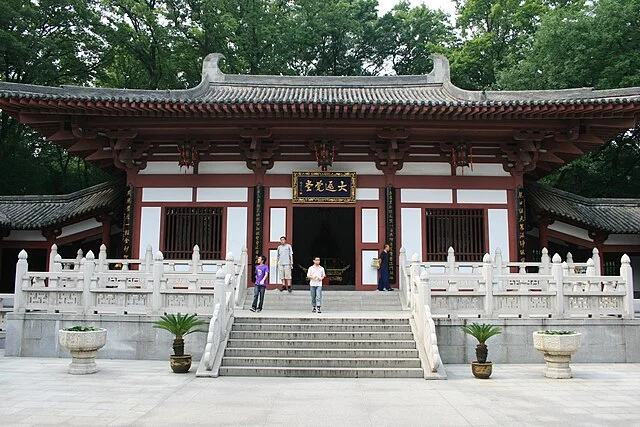
Linggu Temple holds a unique place in Chinese religious and cultural history. As one of the few major Buddhist temples to survive centuries of upheaval, it represents the enduring influence of Buddhism in China. Its architecture and memorial structures honor the memory of past dynasties, influential monks, and soldiers who played critical roles in China’s history.
Today, Linggu Temple stands not only as a place of religious practice but also as a monument to the people who shaped China’s spiritual and political landscape. It continues to serve as a peaceful retreat for meditation and reflection, attracting both local visitors and international tourists interested in Chinese culture and history.
Conclusion
Linggu Temple’s historical journey, from its establishment in the Southern Tang Dynasty to its current status as a cultural landmark, reflects the resilience of Chinese architectural and spiritual traditions. Through centuries of change, the temple has preserved its role as a center of Buddhist worship and a memorial site for those who influenced China’s history. Its enduring legacy speaks to the depth of Chinese heritage and the reverence for tradition, which remains integral to its identity today.
Source:

